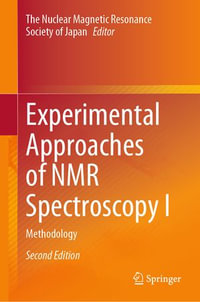
Frontiers in Chemical Sensors
Novel Principles and Techniques
By: Guillermo Orellana, ?Maria Cruz MorenoBondi
eText | 27 January 2006 | Edition Number 1
At a Glance
eText
$239.00
or
Instant online reading in your Booktopia eTextbook Library *
Read online on
Desktop
Tablet
Mobile
Not downloadable to your eReader or an app
Why choose an eTextbook?
Instant Access *
Purchase and read your book immediately
Read Aloud
Listen and follow along as Bookshelf reads to you
Study Tools
Built-in study tools like highlights and more
* eTextbooks are not downloadable to your eReader or an app and can be accessed via web browsers only. You must be connected to the internet and have no technical issues with your device or browser that could prevent the eTextbook from operating.
ISBN: 9783540277576
ISBN-10: 3540277579
Published: 27th January 2006
Format: PDF
Language: English
Publisher: Springer Nature
Edition Number: 1
You Can Find This eBook In
This product is categorised by
- Non-FictionMedicinePre-Clinical Medicine & Basic Sciences
- Non-FictionEngineering & TechnologyBiochemical EngineeringBiotechnology
- Non-FictionScienceChemistryAnalytical Chemistry
- Non-FictionEngineering & TechnologyIndustrial Chemistry & Manufacturing TechnologiesIndustrial Chemistry
- Non-FictionSciencePhysicsNuclear Physics
- Non-FictionSciencePhysicsOptical Physics
- Non-FictionSciencePhysicsAtomic & Molecular Physics
- Non-FictionEngineering & TechnologyOther Technologies & Applied SciencesApplied OpticsLaser Technology & Holography
- Non-FictionMedicineMedicine in GeneralMedical Equipment & TechniquesMedical Laboratory Testing & Techniques
























